It hit me one quiet Tuesday afternoon—not with a headline, not with a push notification, but during one of those rare moments of silence that follows a chaotic morning. I sat on my back porch, sipping coffee, wearing my Fitbit Sense 2, and watching the sky turn silver before a storm. That’s when it buzzed on my wrist.
“Your stress levels are elevated.”
No texts. No calls. No deadlines in sight. Just an alert, gently letting me know that something inside me was stirred. And I realized—this thing on my wrist was paying more attention to me than I was to myself.
That moment stuck with me. Because it wasn’t a gimmick. It wasn’t just a heart rate spike after a sprint or a calorie burn estimate from a brisk walk. It was my wearable tech responding to something it couldn’t see, only sense—an emotion. And now, after reading the research from Tokyo Metropolitan University about using skin conductivity to map emotional states, I understand just how close we are to a new frontier.
We’re no longer just tracking steps or heartbeats. We’re heading into a world where technology doesn’t just record what we do—it knows how we feel.
Our Emotions, Electrified
Let’s start with the science, because it’s fascinating—and maybe a little unsettling.
Researchers in Japan recently showed that by analyzing skin conductance—essentially how our skin’s electrical properties change due to sweat—they could distinguish between different emotional states. The idea isn’t brand new, but this study took it a step further. They exposed participants to stimuli designed to evoke specific feelings: fear, joy, familial warmth. Then they tracked the subtle electric changes in the skin that occurred seconds later.
Fear, it turns out, triggered the most dramatic response. But even more subtle emotions, like that cozy sense of connection you get when watching a tender movie scene, showed distinct conductivity patterns. That’s wild. Our skin, our nervous system, our unconscious body—all whispering emotional secrets that machines are now learning to decode.
And here’s the kicker: you can already wear this technology on your wrist.
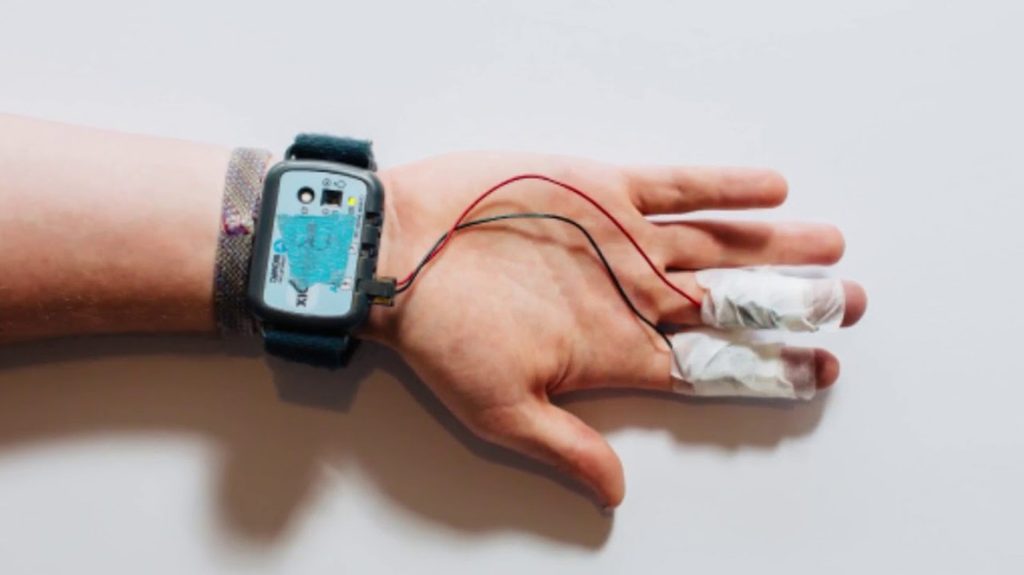
From Lab to Living Room
Devices like the Fitbit Sense 2, Google Pixel Watch 2, and Garmin Venu 3 already come equipped with sensors that detect EDA—electrodermal activity. That’s a fancy term for skin conductance. It’s the same principle the researchers used in the lab, now packaged in a sleek, affordable watch you can buy on Amazon.com, BestBuy.com, or directly through Fitbit’s own store.
When I first got my Fitbit Sense 2, I didn’t expect much from its stress tracking. I assumed it would be just another algorithm that guessed I was anxious if my heart rate spiked. But this isn’t guesswork. It uses EDA sensors to monitor how much you’re sweating—something you can’t consciously control—and interprets it in real time.
After a few weeks of wearing it, patterns began to emerge. It wasn’t just showing me that I was stressed. It was telling me when and even why. A sharp spike during an argument. A slow rise before a big meeting. A curious calm after a long walk at dusk.
This wasn’t just data. It was insight. And it made me wonder—what if our wearables could one day sense emotions with even greater accuracy? What if your watch could tell when you were feeling lonely and gently suggested a walk with your favorite playlist? Or sensed depression creeping in and offered a mindfulness exercise—not as a calendar alert, but as a friend who noticed?
Fitbit Sense 2: More Than a Tracker
The Fitbit Sense 2 has become my daily companion not just because it tracks fitness—but because it offers a window into my emotional state. It’s got the tech: a dedicated EDA sensor, heart rate variability tracking, skin temperature monitoring, and even an ECG app. But what makes it stand out is how these tools work together to give you a holistic picture of how your body is reacting to life.
The EDA sensor isn’t on all the time, but you can run spot checks—or better yet, enable all-day stress tracking. When I enabled it, I began to see how even small events (a tense email, a delayed train) were triggering stress responses I wasn’t fully aware of.
But here’s the most powerful part: the mindfulness tools. After detecting high stress, the watch gently nudges you to take a deep breath. It offers guided meditations through the Fitbit app (connected with Calm if you’ve got the Premium plan), and it helps you log how you’re feeling. Over time, you start to see trends.
And it’s available on Amazon, Target, and BestBuy—no waitlist, no invitation, no beta access. This isn’t future tech. It’s right here, right now.
Google Pixel Watch 2: Subtle Power
Then there’s the Google Pixel Watch 2—a wearable that doesn’t scream “tech,” but blends into your life like a well-made tool should. It has Fitbit’s EDA sensor under the hood, thanks to Google’s acquisition of Fitbit. The Pixel Watch 2 integrates emotional tracking more subtly, but no less meaningfully.
Where the Fitbit Sense 2 leans into wellness, the Pixel Watch 2 aims to be the Google experience on your wrist. Think: real-time assistant suggestions, deep calendar integration, contextual nudges based on behavior and biofeedback. It doesn’t just track your state—it tries to help you act on it.
I wore the Pixel Watch 2 for three weeks. During that time, it began suggesting mindfulness activities not only when my stress spiked—but when my schedule predicted it might. It pulled in context from my Google Calendar, location data, and biometric trends. After a few back-to-back meetings, it offered a three-minute guided breath. After a long workout, it checked in on recovery. After a week of poor sleep and elevated stress, it nudged me to take a rest day.
It’s less medical, more emotional assistant. The fact that it has the same EDA-based awareness under the hood makes it one of the most compelling emotional-aware wearables out there.
Garmin Venu 3: Fitness First, Feelings Too
Let’s be real: Garmin doesn’t market itself as an emotion tech brand. It’s for athletes, adventurers, and data-obsessed runners. But the Garmin Venu 3 surprised me.
It doesn’t use EDA the same way Fitbit does, but it does track stress levels through heart rate variability and breathing patterns, which are also tied closely to emotional states. What Garmin gets right is the contextual presentation of your data. You get a “Body Battery” score that tracks your energy levels, impacted by sleep, activity, and stress. You see when you’re recharging—and when you’re burning out.
I wore the Venu 3 on a hiking trip through Colorado. After a rough night of altitude-induced insomnia, the watch warned me that my body battery was low and my stress levels were high. It recommended a rest—not a workout. And I listened. Because for once, the tech felt human.
Emotion-Aware Tech and Our Future
The dream here isn’t to create cold, calculating machines that scan our emotional states for marketing purposes. It’s to build companions that understand us—devices that help us regulate our health, mental state, and wellbeing by noticing what we often ignore.
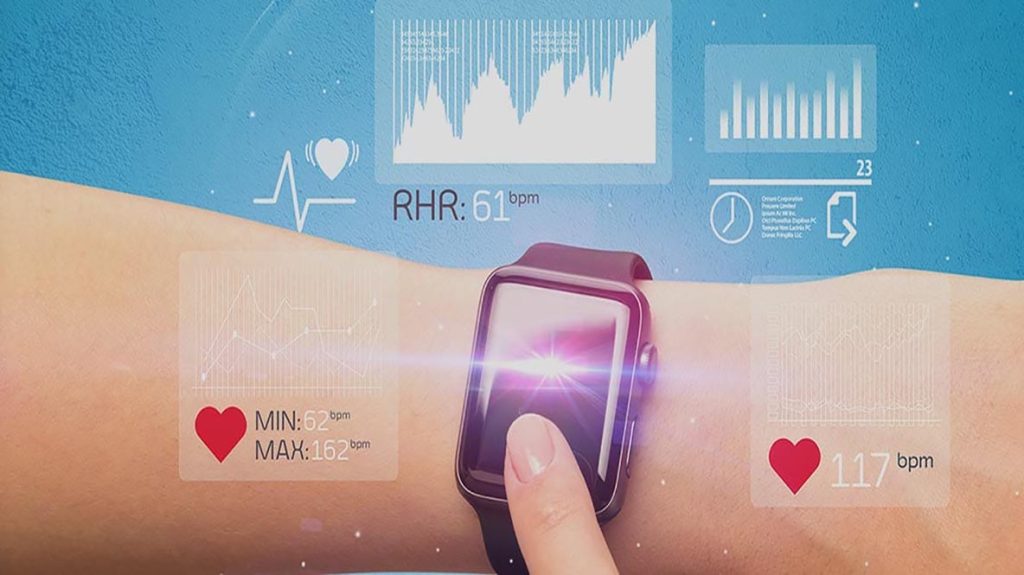
That Tokyo Metropolitan University study? It’s a window into what’s coming. Imagine a future where:
- Your wearable detects early signs of burnout and suggests taking PTO before you crash.
- Your smartwatch picks up on patterns of sadness and helps you schedule a call with a loved one.
- Your fitness tracker realizes that your workout isn’t about getting fit today—it’s about releasing emotional tension—and adjusts accordingly.
We’re getting closer every day.
Where to Get These Devices
If you’re curious to try this emotional awareness tech for yourself, here’s where I recommend shopping:
- Amazon.com – Often has the best deals on Fitbit, Garmin, and Pixel Watch. Check for seasonal discounts.
- BestBuy.com – Great for in-person returns and extended warranties.
- Target.com – Carries select models, often with bundle deals.
- Fitbit.com and GoogleStore.com – Buy direct if you want the latest colors or limited-edition releases.
Personally, I picked up my Fitbit Sense 2 on Amazon during a lightning deal, and I’ve seen the Pixel Watch 2 go on sale regularly through Best Buy, especially during back-to-school season.
This Isn’t Just About Tech
I never imagined that a smartwatch would become part of my emotional vocabulary. But that’s exactly what’s happened. These devices, quietly and without fanfare, have started to listen—not just to what I say or do, but to what I feel.
And in a world where emotional literacy is often a luxury, where most of us don’t have time to pause and reflect on our stress until it explodes into burnout, these tiny devices offer a surprising gift: awareness.
Not perfect awareness. Not sentient understanding. But a first step. A mirror that reflects not your face, but your state. That’s powerful.
And that’s the future. Not in five years. Not after the next CES. But today. On your wrist. Watching. Learning. And, just maybe, feeling.
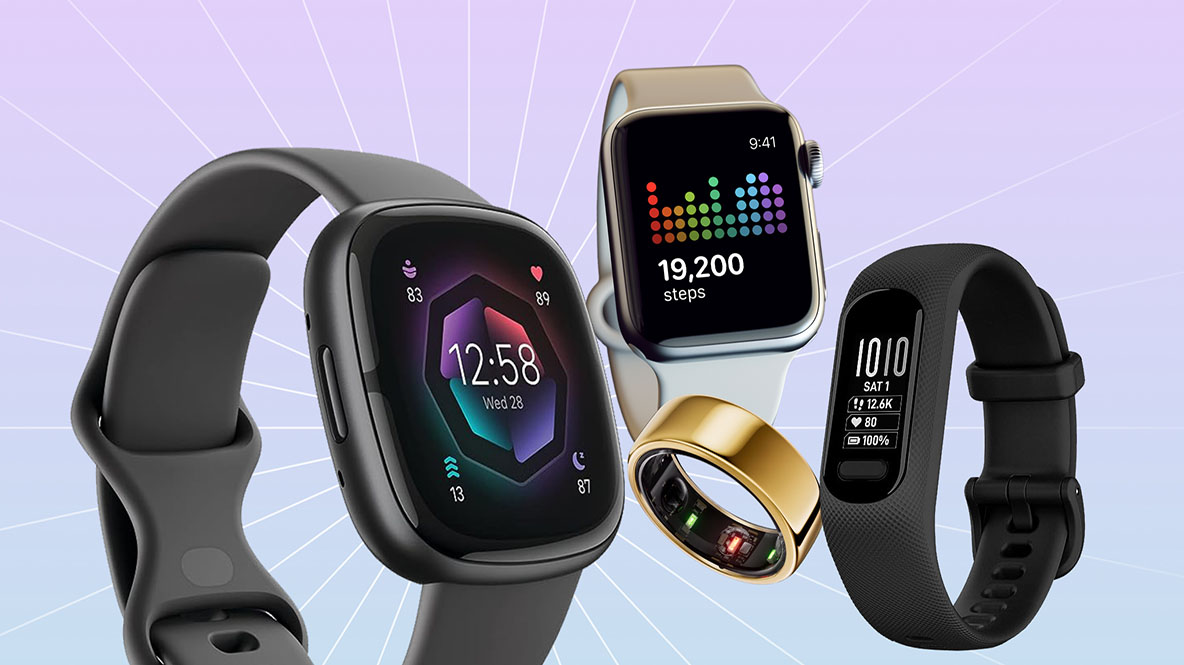
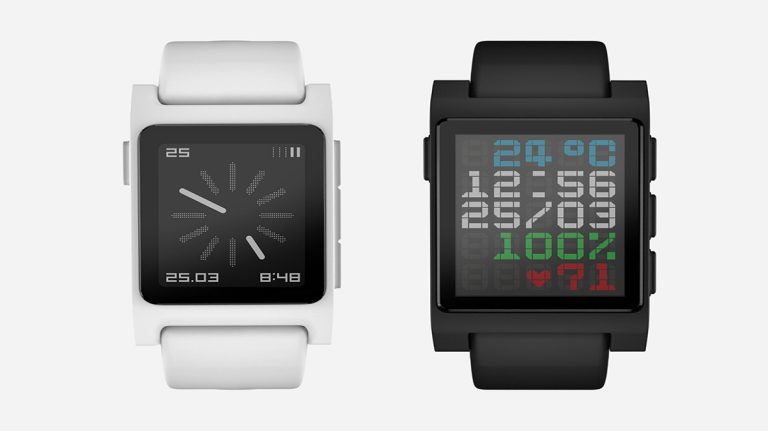
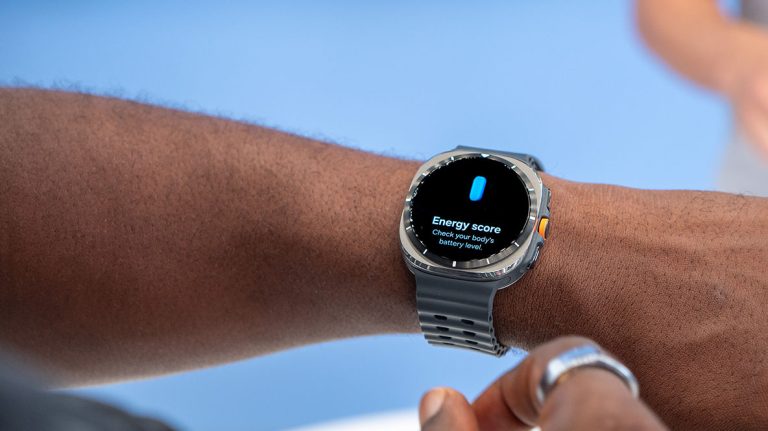
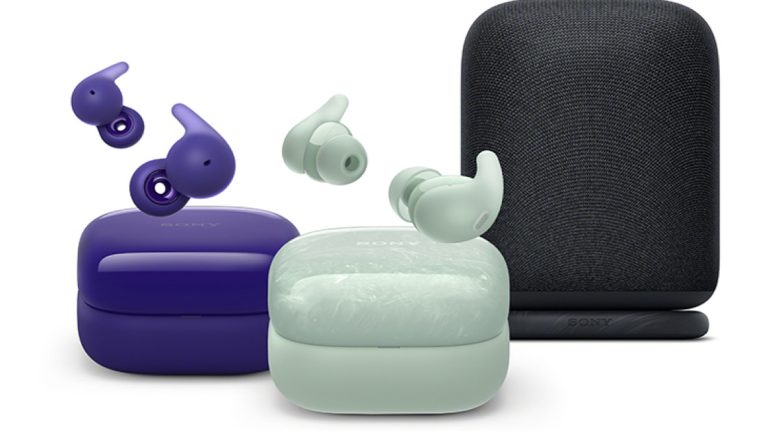
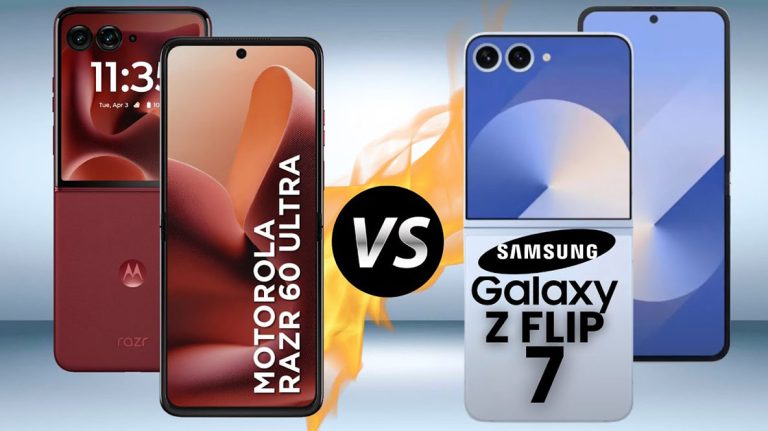
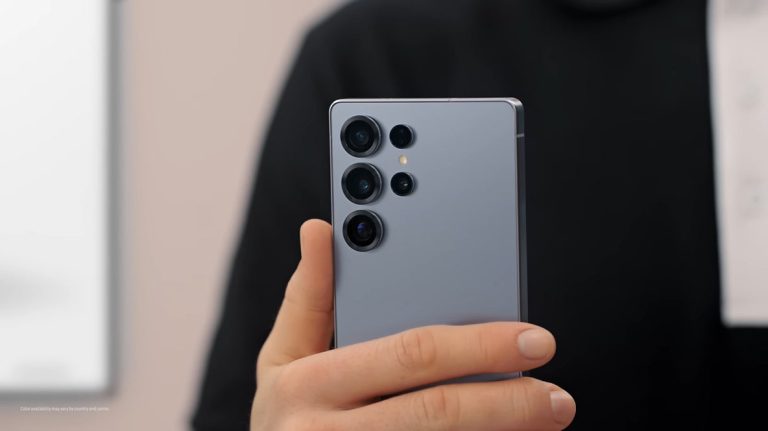


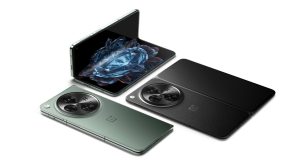
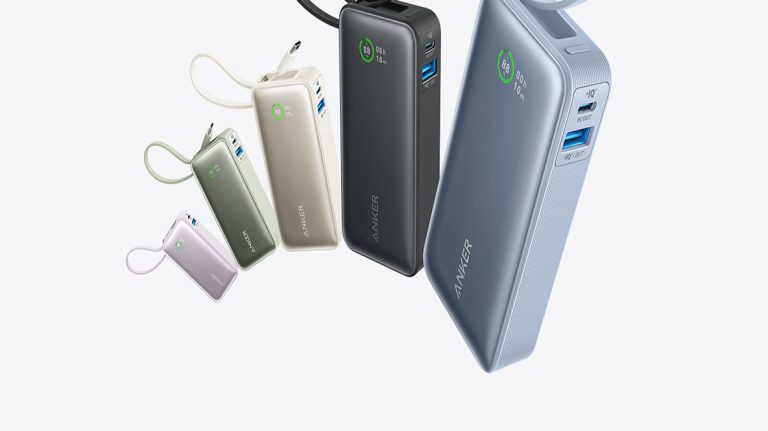

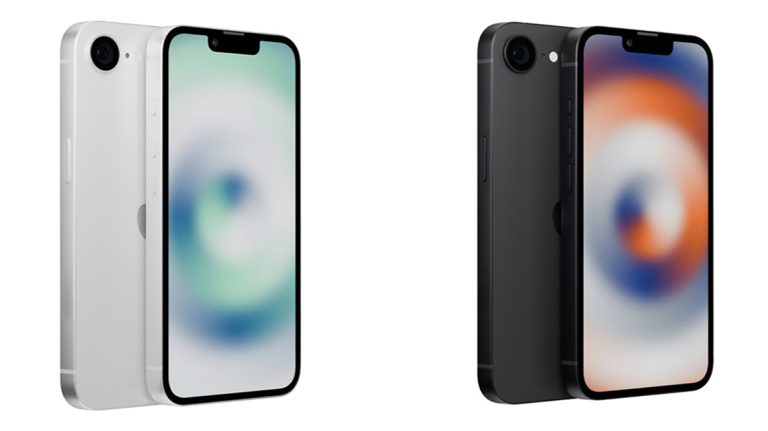
+ There are no comments
Add yours